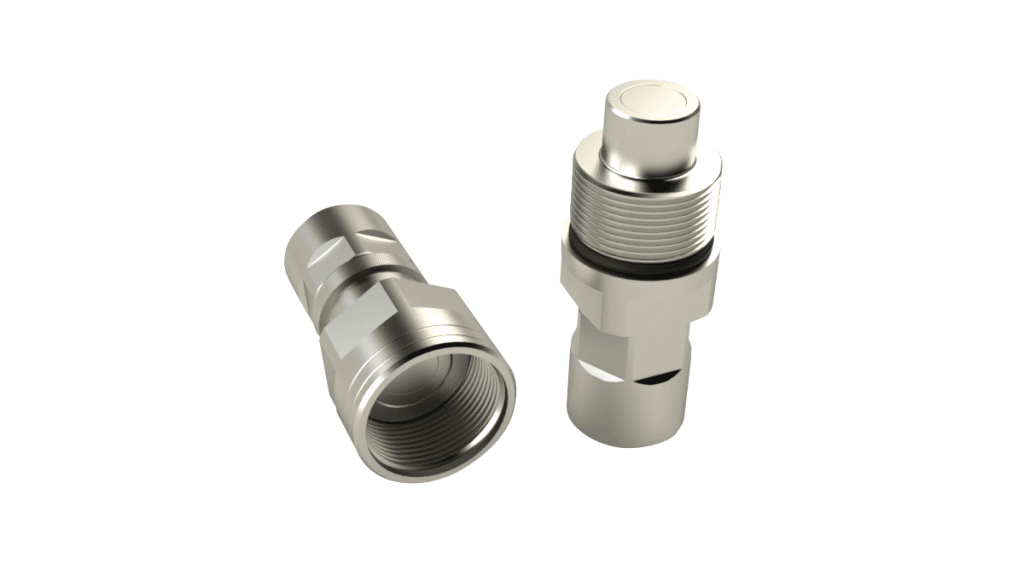In the realm of hydraulic systems, reliability and efficiency are paramount. The hydraulic hose quick coupler is a key component in ensuring the seamless operation of hydraulic machinery. These seemingly simple devices offer a multitude of benefits, enhancing usability, safety, and productivity. In this article, we will explore the unparalleled advantages of hydraulic hose quick couplers available at http://www.mrhydraulic.com and their impact on various industries.
Understanding Hydraulic Quick Couplers
Hydraulic quick couplers enable the fast and easy connection and disconnection of fluid lines without fluid loss. They allow users to swiftly attach and detach hydraulic hoses from equipment or attachments. A hydraulic quick coupler consists of a male and a female part, both precisely designed for specific fluid applications. When properly connected, these components ensure a perfect seal, allowing fluid to flow seamlessly.
Materials Used in Hydraulic Quick Couplers
Hydraulic quick couplers come in a variety of materials tailored for specific fluid applications:
- Carbon Steel: This alloy of carbon and iron has a higher carbon content than stainless steel, enhancing its strength and lowering its melting point. Carbon steel couplings are favored in many manufacturing applications due to their durability and strength.
- Stainless Steel: Composed of at least 11% chromium, stainless steel resists rust and corrosion. It may also include carbon, metals, and nonmetals for specific properties. Stainless steel couplers, often used in harsh environments and with corrosive fluids, come in grades like 316, 360, and 630, each with unique characteristics.
- Brass Quick Couplers: These durable and temperature-resistant couplers are ideal for various industrial, mold-and-die, and refrigerant applications.
- Quench Polish Quench (QPQ): A nitrocarburizing surface treatment that enhances corrosion resistance by hardening the surface.
Types of Hydraulic Quick Couplers
There are several types of hydraulic quick couplers, but here are some of the top options available at [mrhydraulic.com](http://www.mrhydraulic.com):
- Stand-alone Hydraulic Quick Couplers: These require the connection of two halves of a coupling to join a hydraulic line. Methods for joining these parts include screw-to-connect, sleeve retraction, push-pull, and push-connect, depending on the product design. Valve types, such as flat-face, poppet, or ball, are also significant features, with free-flow passage (without valves) being a less common option.
- Poppet Quick Couplers: Featuring a basic shut-off system, poppet valves offer high mechanical resistance, reliable sealing, and minimal seal extrusion. Faster poppet valves have a unique seal for optimal flow resistance and minimal pressure loss. These are commonly used in hydraulic applications, oil tools, and agricultural machinery. Several Faster series include poppet valves, such as NV, HNV, ANV, AGRI, OGV, and VVS.
- Flat Face Hydraulic Couplers: The Flat Face design prevents spillage, external contamination, and air infiltration, enabling the connection of hydraulic lines without fluid loss. These couplers are environmentally friendly and easier to clean due to their flat surface, which is less prone to dirt and contamination. The sector latching mechanism in this family effectively addresses the Brinelling effect caused by high-frequency impulse pressures, making them suitable for forestry and construction equipment applications.
- Threaded Flat Face Couplers: Also known as screw-to-connect couplings, these are designed to withstand bending effects and prevent premature wear. They offer the same benefits as flat face valves and are ideal for heavy-duty applications and construction machinery.
